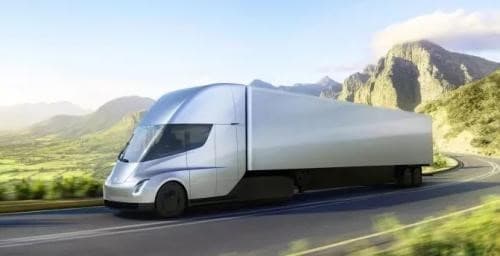Tesla has promised to begin delivering its trucks in late 2019. Electric battery capacity has been improving at a rate of roughly 8 percent per year – and some have posited that Musk’s lofty claims are merely just him trying to anticipate what will be possible as the first batch of trucks are being assembled.
However, if Aurora’s assessment is accurate, then the technological advancements needed to enable a 30-minute charging time for a semi-truck are still years, if not decades, off.
Furthermore, Musk has said little about the enhancements to the power grid that would be needed to power fleets of Tesla’s semi-trucks.

(Click to enlarge)
“There are smart and dumb ways to incorporate this level of capacity requirement into the system, but either way, fully electrified road transport will need a large amount of new infrastructure,” Feddersen told the Financial Times.
National Grid, which oversees Britain’s electricity system, has suggested that in the most extreme scenario, electric vehicles could create as much as 18 gigawatts of additional demand for power at peak times in the UK by 2050.
This is the equivalent capacity of nearly six nuclear power stations on the scale of the Hinkley Point project under construction in the south-west of England.









